Mardi Gras in the New Orleans area has generated its own collectibles. Some of the collectibles are very nice works of art. If a person attends a Mardi Gras parade it is soon that the person is aware that items are thrown to the people watching the parade. These are free to those who catch them. Some are insignificant, such as beads and trinkets that become priceless only to children. Others are keepsakes, and those can sometimes attain a collectable status.
Since 1960 the doubloon has been a collector item. The value of the doubloons thrown from the floats, the aluminum doubloons, often have minimal value with a few exceptions. But others, those not thrown, can have a value, albeit in many cases a nominal value. These are special doubloons, often of bronze, some silvered with silver oxide, and some colorized inro beautiful pieces of art. And these are generally affordable with exceptions.


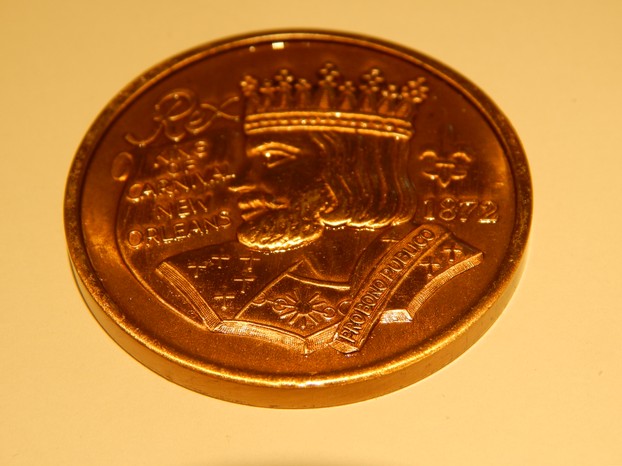
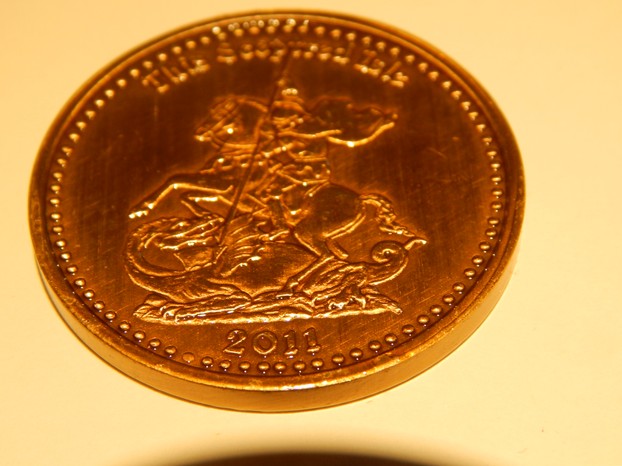
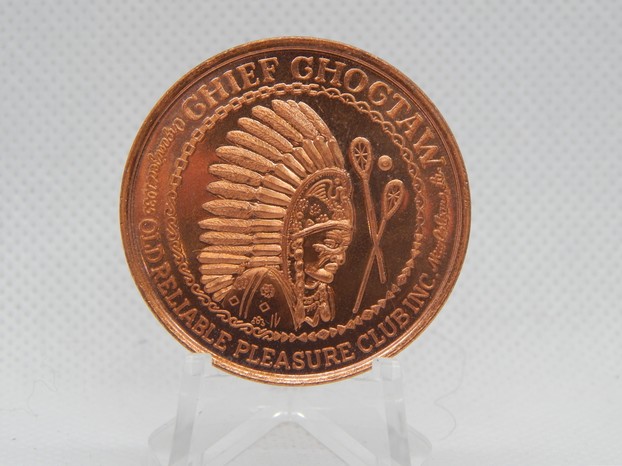
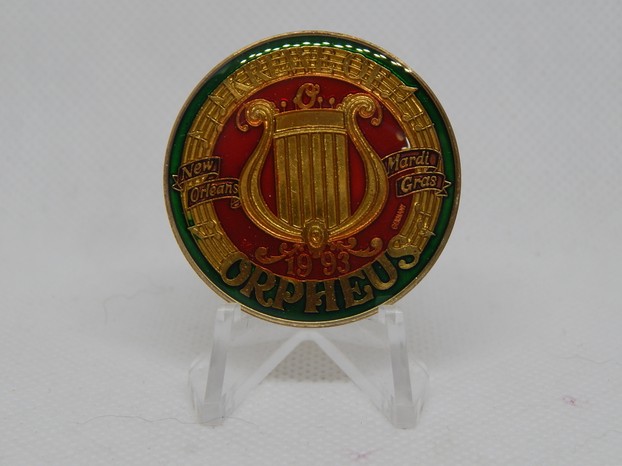
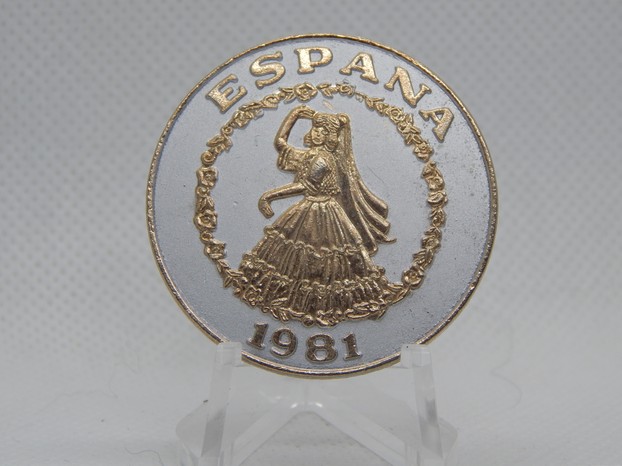
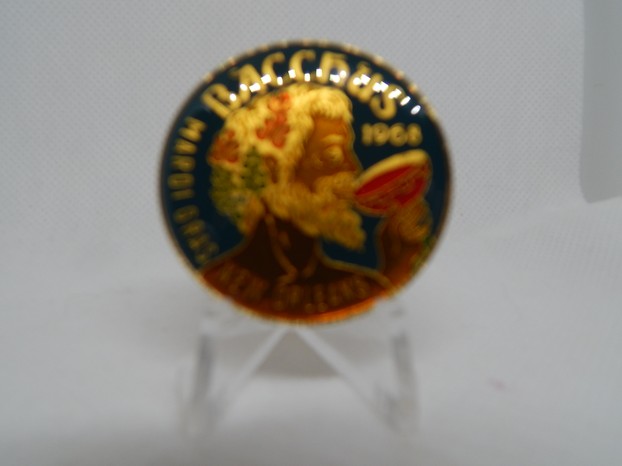
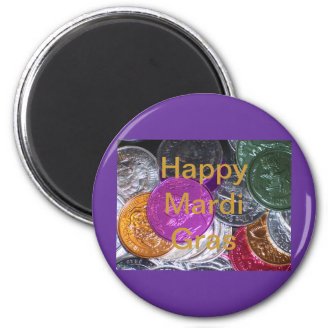
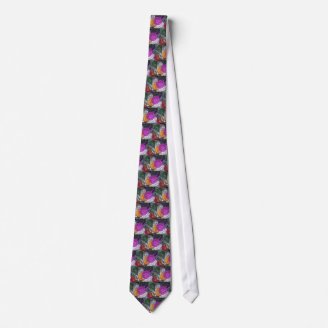
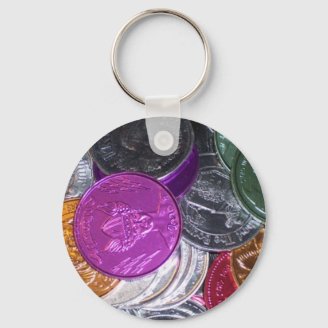






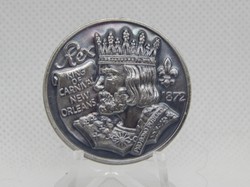

 Multivariable Calculus: Gradient, Divergence, and Curl18 days ago
Multivariable Calculus: Gradient, Divergence, and Curl18 days ago
 UAPs, Formerly UFOs, If They Are Real How Can We Explain Their Arrival to Earth?19 days ago
UAPs, Formerly UFOs, If They Are Real How Can We Explain Their Arrival to Earth?19 days ago
 Polar Coordinate System21 days ago
Polar Coordinate System21 days ago
 Aurora Can Disrupt Electrical Devices And Even the Grid?22 days ago
Aurora Can Disrupt Electrical Devices And Even the Grid?22 days ago


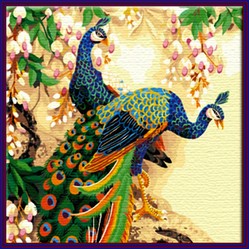
Comments
The theme for the parade was represented by Saint George and This Sceptred Isle from Shakespeare's Richard II Act II was from the history, art, mythology, and culture of England, Scotland, and Wales. This is the dragon slayer that represents England mythology, and the saying represents art and culture. This is the image the Krewe of Rex used to depict their theme, and floats usually have titles that fit the theme. Had this been a different doubloon, even from the same organization, the design would be different. Less affluent parades often rent floats from other groups, and may make a few changes, but getting things to match a theme is sometimes a challenge. I would not expect a Rex float to be rented, not poorly altered. Some floats repeat year after year, such as the King float, His majesty's bandwagon, and the one representing the fatted calf representing feasting before Lent. The reason for Mardi Gras is it is the last day of feasting before the somber days of reflecting and penance called Lent.
Should it not be Saint George and the dragon, would there be another cultural precedent -- even as right now I draw no other famous dragon-slayers other than from fiction books and films -- or some interpretation, perhaps known to you, unknown to me, by one of the parade organizations?
It would seem to be Saint George. The image on that side of the doubloon normally depicts the parade theme for the year.
The king is image used by Rex, the most known organization that parades on Mardi Gras Day in New Orleans. The image has seen updating from time to time. Most organizations have a king, queen, and court consisting of maids and dukes.
In particular, I appreciate the second in-text image as particularly well-done even as I'd say that they all compel collecting ;-D!
That image is of St. George slaying the dragon, isn't it?
In particular, I also must say that the first in-text image intrigues me.
Would the royal figure be a "generic" king or would there be any one king associated more than any other with Mardi Gras in general and with the year 1872 in particular?